Urban Space In The Middle Ages And The Early Modern Age
Despite common perceptions of the medieval world as mostly land-based or limited to individual courts, we can discover the development of the urbanization process already in the eleventh and twelfth centuries. This process has never come to an end until today, but the phenomena of cities and urban life found extraordinary expression particularly in the late Middle Ages and early modern time. The complexity of the matter requires a fully interdisciplinary approach, so here we come across innovative investigations of urban space from many different perspectives, including art history, literature, urban geography, women′s studies, social and economic history, religion, and philosophy. After all, urban space represents living space where people interact, where ideas are exchanged, and where conflicts are dealt with. In medieval and early-modern cities new forms of social identities emerged and basic needs of life, such as drinking water and protection, but then also problems of how to deal with waste products, were critically addressed. Moreover, gender conflicts and moral-ethical concerns found intensive expressions in those discourses focusing on urban space. Nowhere else but in late-medieval cities do we encounter the first productive exchanges among and early forms of cohabitation of representatives of the nobility and burghers.
{{comment.content}}
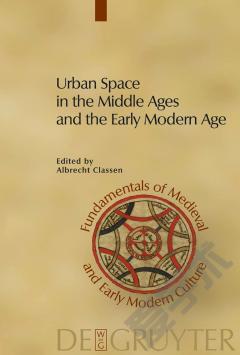
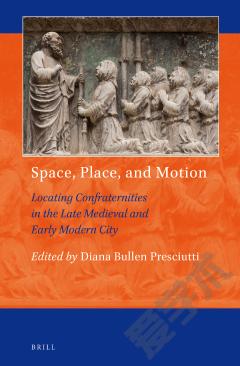
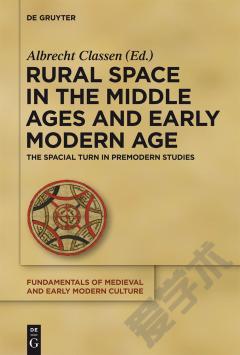

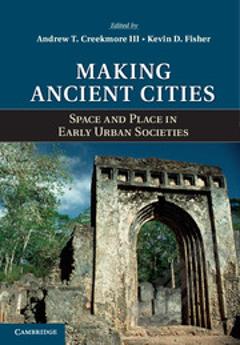
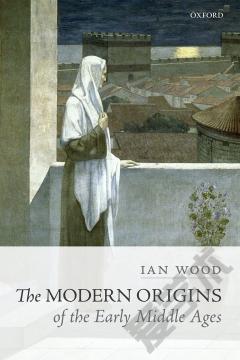
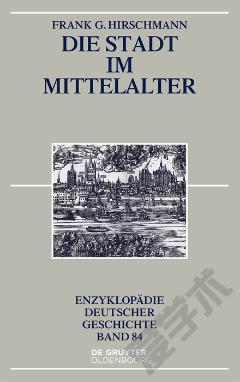

 京公网安备 11010802027623号
京公网安备 11010802027623号